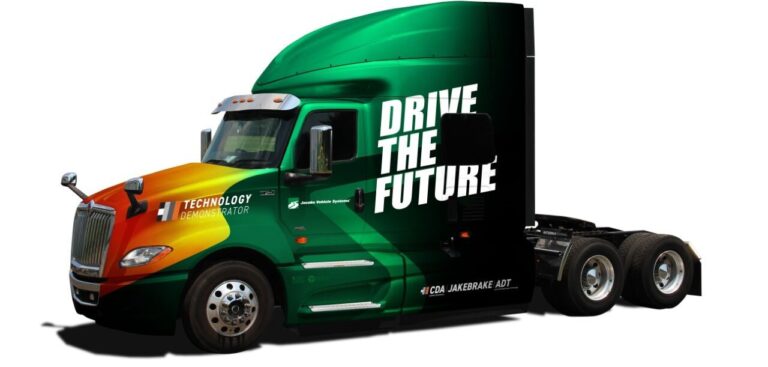Jacobs Vehicle Systems and Tula Technology have agreed to collaborate on the development of Jacobs’ Cylinder Deactivation valve actuation technology and Tula’s Dynamic Skip Fire control algorithms.
The agreement builds on two years of R&D between the two companies to reduce NOX and CO2 emissions from medium- and heavy-duty vehicles, helping to meet tightening environmental regulations.
“While CDA and dDSF are available to commercial powertrain manufacturers as separate systems, our experience indicates that integrating the two technologies delivers much greater benefit to today’s medium- and heavy-duty engines,” said Steve Ernest, vice president of engineering and business development at Jacobs Vehicle Systems. “We have been working with Tula for several years, and this formal agreement solidifies our relationship as we demonstrate the benefits of using CDA and dDSF in tandem.”
Independent laboratory testing has shown that Jacobs CDA and Tula’s dDSF technologies are able to generate greater emission reductions when combined. Low-load cycle performance was estimated with a well-calibrated powertrain simulation tool to accurately capture the low-load system operation and emissions. This system showed as much as a 5% decrease in CO2 and a 74% reduction in NOX emissions compared with the baseline technology.
“Jacobs Vehicle Systems and Tula Technology are both great companies with great technologies, and we’ve been even more effective working together,” said John Fuerst, senior vice president of technology and innovation at Tula. “This agreement will advance our capabilities to produce better CDA products and dDSF controls.”


